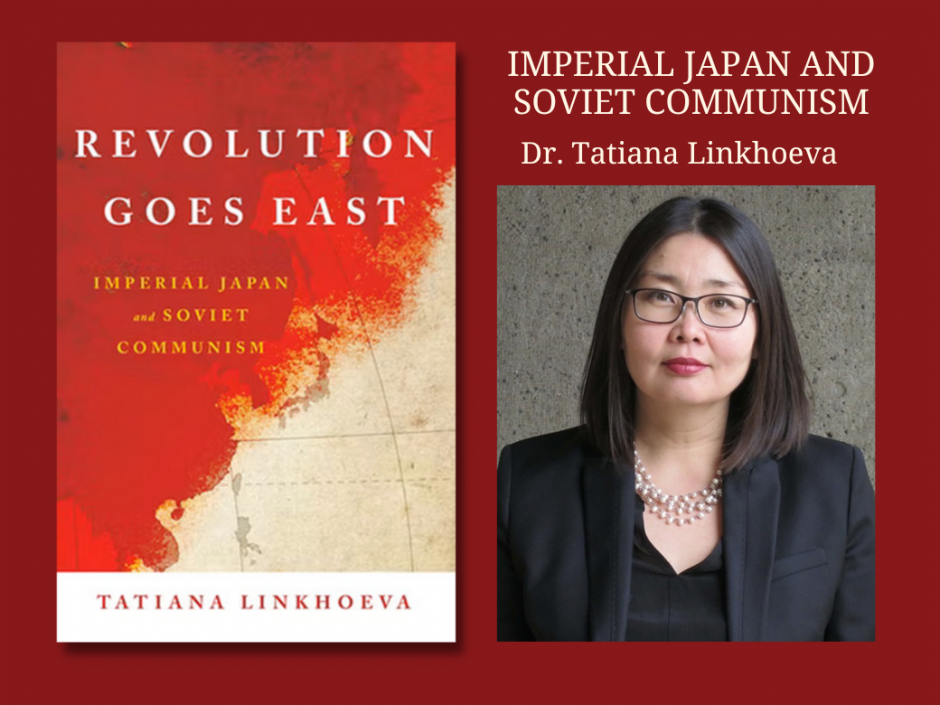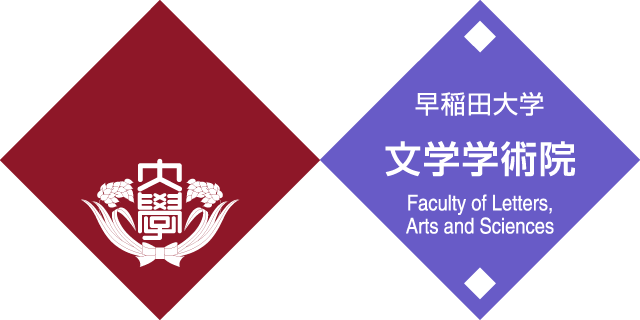- News
- Event report “Revolution Goes East: Imperial Japan and Soviet Communism” by Dr. Tatiana Linkhoeva
Event report “Revolution Goes East: Imperial Japan and Soviet Communism” by Dr. Tatiana Linkhoeva

- Posted
- 2022年8月24日(水)
The event “Revolution Goes East: Imperial Japan and Soviet Communism” by Dr. Tatiana Linkhoeva (New York University) was organized and held by the Global Japanese Studies Model Unit at Waseda University. The event was conducted in person at Waseda’s Toyama Campus, and saw 11 attendees, including undergraduate and graduate students, and members of the general public.
Professor Linkhoeva started by framing her project as a response to the scant attention paid to Japan’s left-wing movement in English-speaking academic studies of Imperial Japan. In the early 20th century, however, Japan was widely considered as the key to a successful revolution in East Asia.

Actually, the left/right distinction should not be viewed in absolute terms in Imperial Japan. While we might think of Anarchists, Communists and National Socialists as championing antithetically different ideologies, Professor Linkhoeva’s research proves that, until 1919, activists in these three groups worked mostly together. As an extreme example of these long-held connections, Professor Linkhoeva quoted the anecdote of how in 1922 anarchist activist Takao Heibei returned to Japan with a message from Lenin, which he could deliver to the Japanese government thanks to the mediation of his close friend Nakano Seigō, a famous right-wing journalist.

Turning to the question of how Imperial Japan viewed the USSR after its formation, Professor Linkhoeva stressed that one must give weight to both geopolitical factors and ideological factors to understand Japan’s reaction to the Russian Revolution. On the one hand, Imperial Japan implemented their first Visa/Passport regime out of fear of ideological contagion from the Russian Revolution in the territories under their control, including the Korean Peninsula and China. On the other hand, Japan saw the USSR as the heir state to the Russian Empire, and sought it as a legitimate interlocutor to divide up spheres of influence in East Asia. Paradoxical as it might seem, groups like the paramilitary ultranationalist Kokuryūkai were strong proponents of rapprochement with USSR mostly out of economic interests, because of their close ties with the fishing business. The USSR also provided Imperial Japan with an alternative model of a mobilizational, developmentalist society. Projects like the puppet state of Manchukuo, where many recanted Communists worked, show the traces of these Soviet models in Japan’s imperialist policy.

Event Overview
- Date and time: July 14, 2022, 16:30 – 18:00 (JST)
- Language: English
- Lecturer: Dr. Tatiana Linkhoeva (Assistant Professor, New York University)
- Venue: Room 104, Building 31, Toyama Campus, Waseda University.
- Participation is free.
Revolution Goes East: Imperial Japan and Soviet Communism,
Cornell University Press, 2020.
- Links
- New York University
- Tags
- Event Reports
